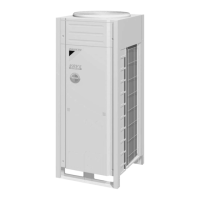Why is my Daikin Air Conditioner not cooling or heating enough?
- SSamantha ValdezAug 8, 2025
If your Daikin Air Conditioner isn't cooling or heating sufficiently, several factors could be at play. First, ensure that neither the air inlet nor outlet of the indoor or outdoor unit is obstructed; remove any blockages to improve ventilation. Next, verify if the remote controller indicates it's time to clean the air filter. Also, review your temperature and fan speed settings on the remote. Other potential issues include open doors or windows, too many people in the room, excessive heat sources, direct sunlight, or an improper airflow angle. Check each of these elements to optimize performance.


